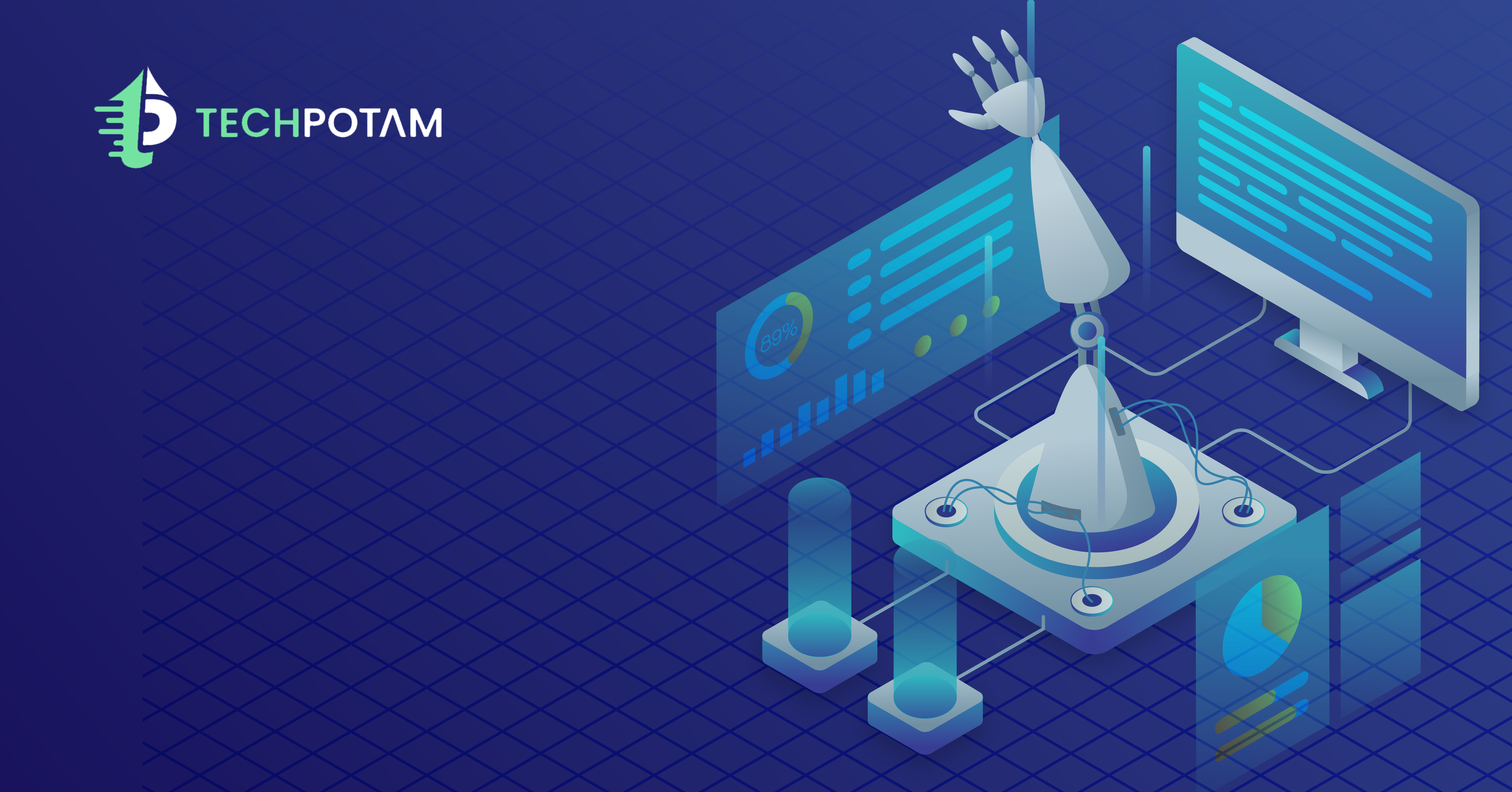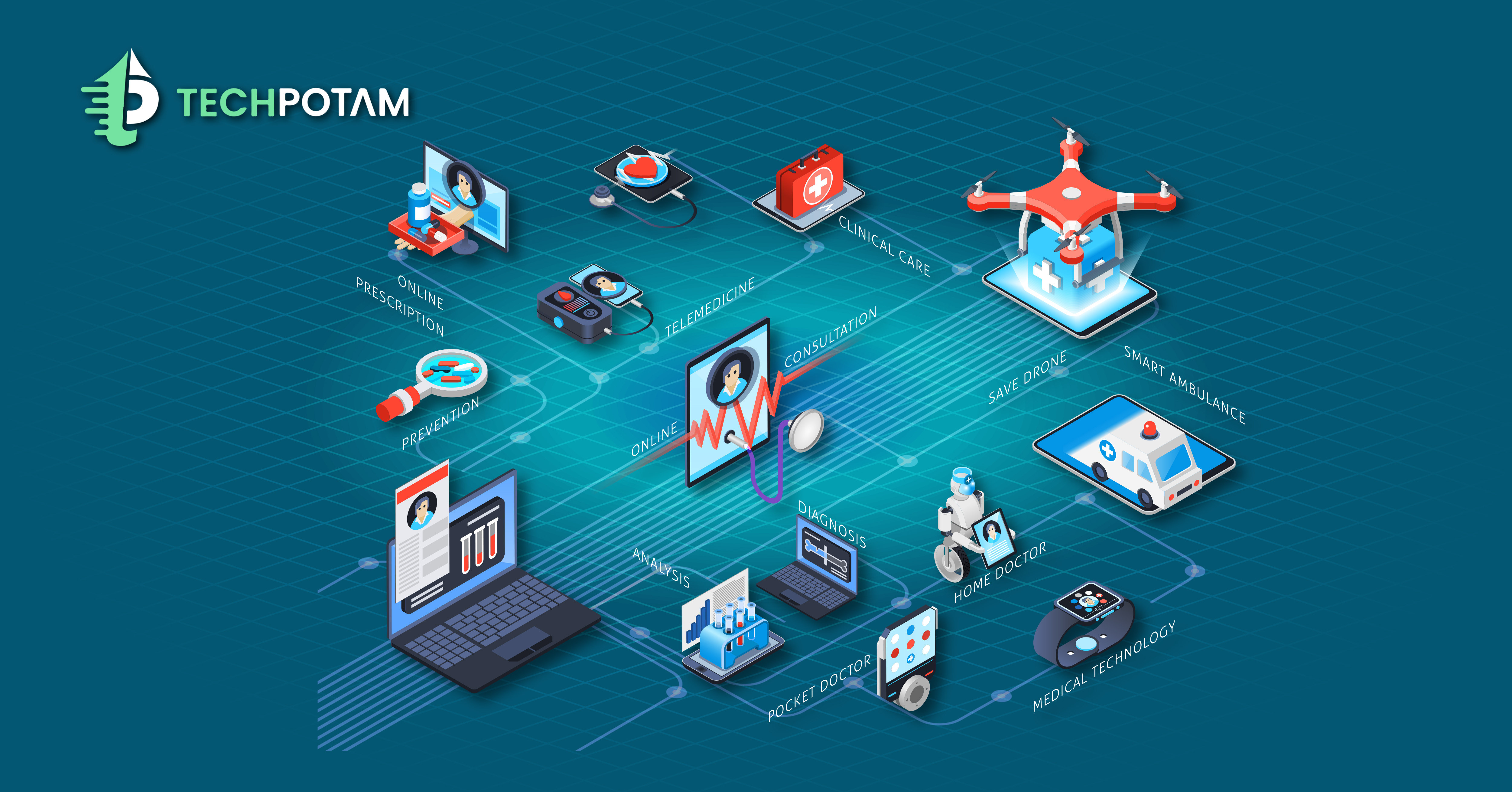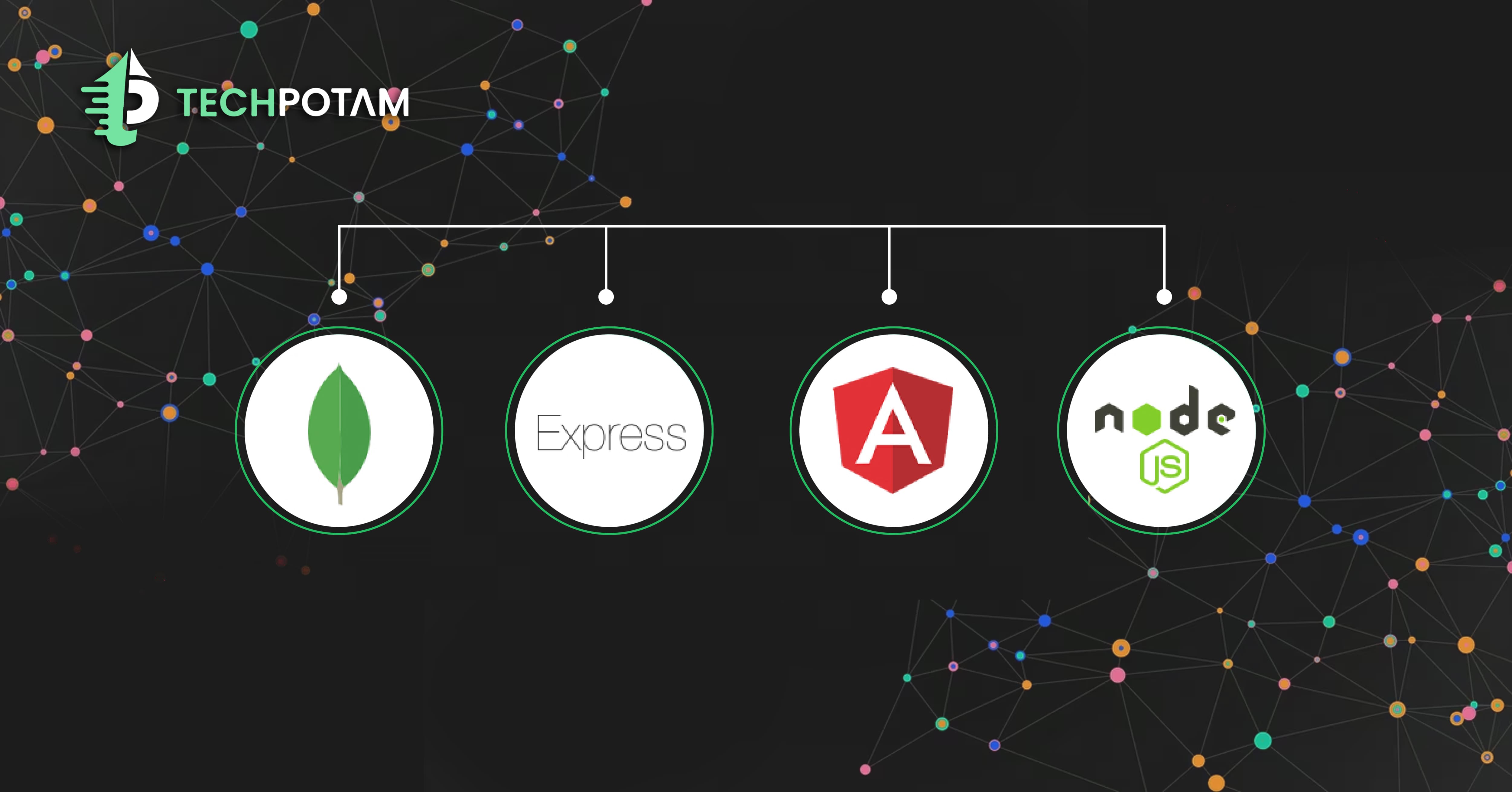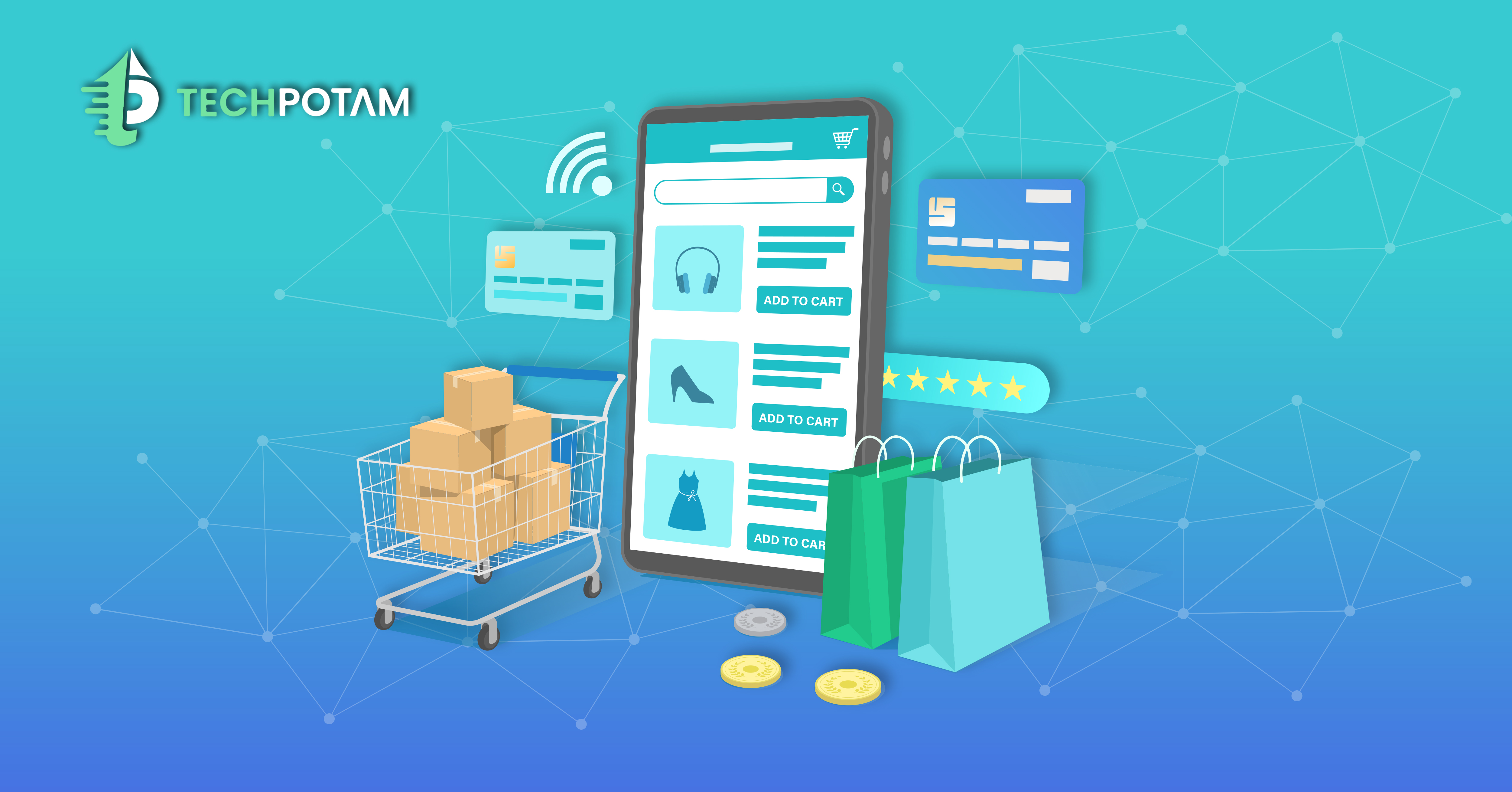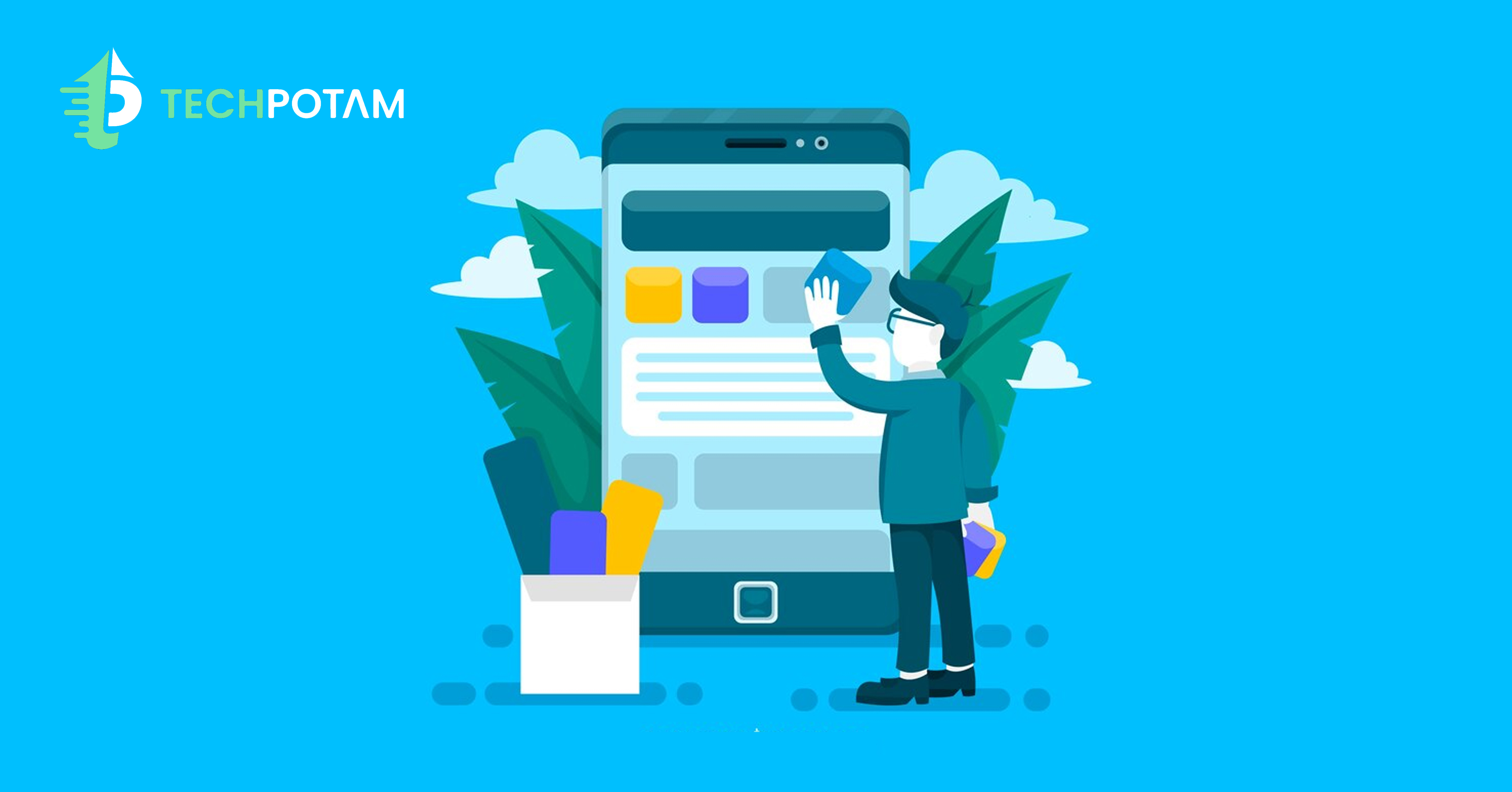Web applications are altering the way we work, enjoy ourselves, and engage with others. Web services such as Zoom, Netflix, and Canva have become household brands, yet they would not have accomplished much if the programs were feature-limited, riddled with bugs, and difficult to use.
Consumers have high expectations as a result of easy access to technology and increasing screen time. Performance, personalization, flexibility, security, and scalability are desired across all online experiences. You must meet these standards as a web application development service provider. Otherwise, you will remain behind.
Front-end and back-end web development technologies are used in online apps. Because web apps are conceptually similar to webpages, web app development, and web development share many aspects.
Web applications, on the other hand, function in a manner that is unique from that of a standard website on any device. But before you start building a web application, you should know the reasons for choosing it. Let’s begin:
Why you should choose to develop a web application?
1- Rapid deployments
It is really simple to set up a web application. In comparison, there are less hoops to pass through, as well as a lot more flexibility in terms of the tools and frameworks we may employ.
Similarly, if you wanted to create a comparable local desktop program, you’d have to distribute it to your users and install it on their computers. This might take days or even weeks in a large corporation.
2- More ease of use
Developing web apps, in conjunction with this, allows you to deliver a high degree of ease for your consumers. Most firms pushed to establish their own mobile applications while smartphones were still in their infancy.
It is inconvenient to download new apps. A crowded home screen on your phone is also a problem, as is low battery life. Customers are unlikely to download your app unless it is something they are likely to use on a daily basis.
3- Better accessibility
If you need to make it easy for consumers to locate and utilize your tools, web application development is the better option. Nowadays, even in professional settings, most people do everything through their online browsers.
As a result, even if use many devices during the day, they will always have access to the tools they require to complete their tasks. Customers may have the same experience whether they are using their phone, laptop, or tablet.
4- Reduced development costs
Web application development is also less expensive and faster than producing native applications or desktop programs. This is mostly due to the fact that we do not need to devote additional time to learning proprietary frameworks, going through vetting processes, or generating local installation packages.
Aside from that, web app development often involves far less specialized work than other types of software. Part of this is due to the widespread availability of frameworks, front-end libraries, and other development tools.
Tips to develop a Web application
The next step is to understand the steps involved in creating an app and deploying a plan that reflects the needs of today’s consumers:
1- Idea analysis & validation
The process of creating a web app, like any new digital solution, begins with a concept—an idea about the type of application you want to construct. The appropriate concept will undoubtedly speed up the process of building a web app efficiently. However, for some, coming up with a concept is the most difficult aspect.
Every sector has a fierce rivalry, making it challenging to come up with a distinctive idea. Validating your ideas can assist you in determining which ideas will work. Begin by gathering feedback from the audience. You may accomplish this by utilizing social media, your network, and forums. Platforms such as Twitter and Reddit will be useful for this endeavor.
2- Competitor research
User research is a vital beginning point for each product. The team need an objective and accurate understanding of the user, the user problem, the extent of the problem (how many people confront it), and the competition for alternative solutions.
During the market research stage, knowledge of the user and the competitors will aid in determining the technological direction of the web app.
3- Requirements analysis & gathering
When it comes to developing a web application, most entrepreneurs and enterprises begin with a set of ideas. These concepts gradually mature into a complete paper outlining the application’s goals, features, technology, budget, vision, and future plans.
4- Working on designing
The second step in creating a web app is to design the UI. You should begin by drawing the design. If you want to go old school, design and sketch the interface with a pen and paper. Another option is to utilize the Sketch design program for the same purpose.
Create mockups and prototypes as you learn how to simply design a web application. All visual components are included in mockups and prototypes. Color, transitions, graphics, photos, forms, effects, and so forth are all contributed here. The objective is to provide a functioning solution for your application that does not require any code.
5- Choosing right tech stack
A tech stack is a collection of technological services, frameworks, and languages that comprise the back end (how it works) and front end (how it appears).
The front end (client-side) encompasses all of the visual aspects, including the use of three programming languages: HTML, CSS, and JavaScript.
The back-end (server-side) refers to everything that is stored on the server, as well as the workings or backbone of the online app. Back-end technology include the following:
- Framework – A collection of libraries and general features that may be combined or expanded upon to aid development.
- Python, PHP, Ruby, C#, C++, GO, Java, and Perl are server-side languages.
- Databases include MongoDB, MySQL, and Microsoft SQL Server.
- Apache, Nginx, and IIS are examples of web servers.
After we understand the scope of the project, we can easily select the appropriate collection of technologies. In addition, before selecting the proper technology, consider the app’s size and scale.
7- Testing & optimizing web application
Testing is a defining feature of Agile development, and it should be an integrated and iterative aspect of the development process. Testing ensures that the app performs as intended (positive testing) and that it can withstand unforeseen situations (negative testing).
Testing begins throughout development with unit, component, and integration tests and progresses through development to the user experience, when testing includes particular user input.
8- Deploy the web application
This final step entails transferring the web software from source control to the aforementioned cloud hosting provider. As with many other aspects of development, there are tools to assist, such as GitLab, Bitbucket, and Jenkins.
Although deployment is the final aim of any product development, Agile and DevOps concepts indicate that deployment is the beginning of a continual feedback, refinement, and delivery process to guarantee new features and enhancements are regularly deployed.
9- Post-launch support
Every digital product, whether a basic company website or a big web application, need ongoing maintenance and updates. With the passage of time, you will want to make product changes, include new features, and release App Version 2.
This is why your app development contract should include provisions for application maintenance, post-delivery support, and future updates.
How much does it cost to develop a web application?
Building a web application from scratch using contemporary technologies and frameworks can cost anywhere from a few thousand to tens of thousands of dollars, depending on your requirements.
If you are starting from scratch, be prepared to spend a significant amount of money on web app development. A reliable web application development company will typically charge between $10,000 and $50,000 for a contemporary application.
Collaborate with the most talented dedicated developers for web & mobile app
| Web Development Company in USA | Hire Dedicated Developers |
| Hire Node JS Developers | Hire Mean Stack Developers |
| Hire Dedicated Mern Stack Developers | Custom Software Development Services |
Final thoughts
When developing a web application, you will be making some decisions that will impact every phase of the process. If you follow the steps above, you will have to select whether to create your web application from scratch, utilize a framework, or use a web development platform once you reach the development stage.
Each has its own set of advantages. Techpotam can help you speed your time to market by partnering with an expert full-stack design and web development business.
Techpotam has established in various other countries, offering business-oriented solutions. You can find us as



